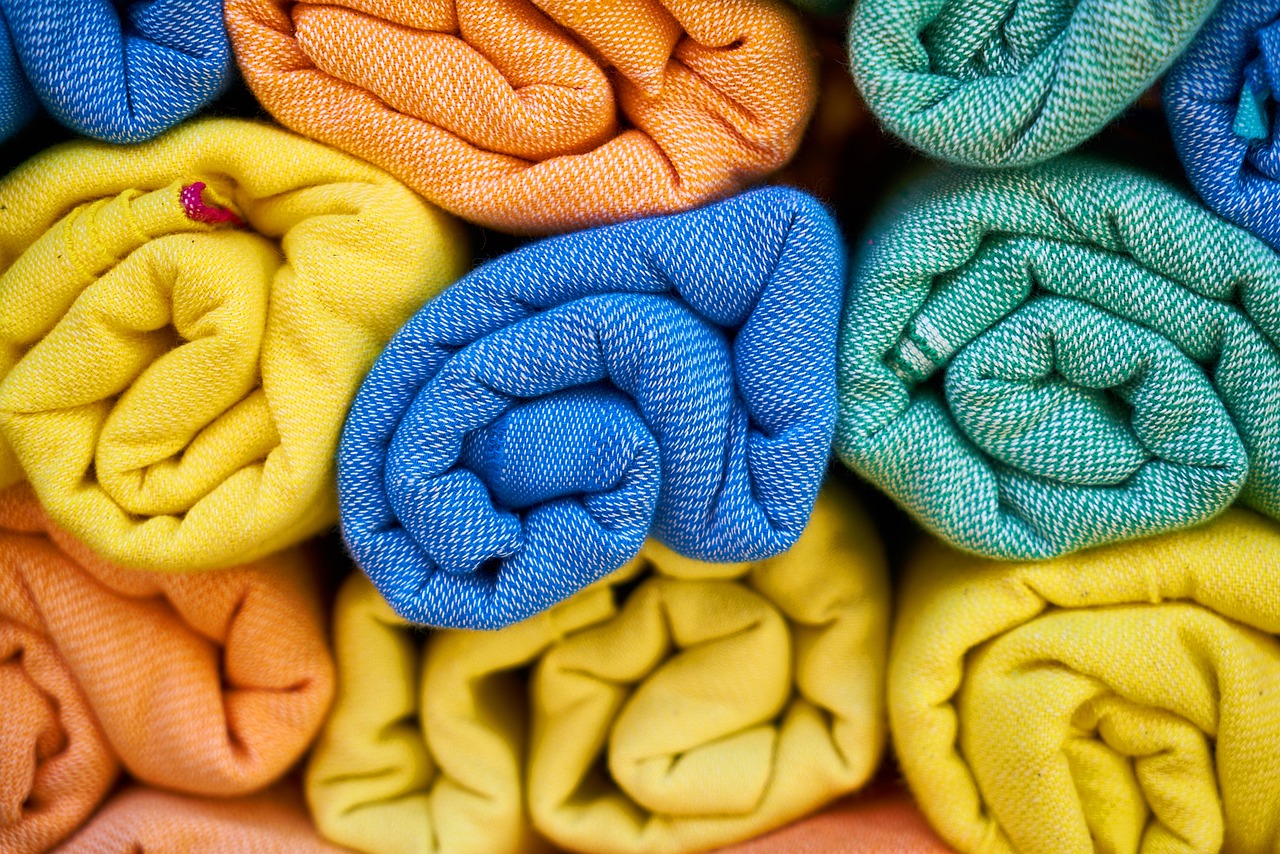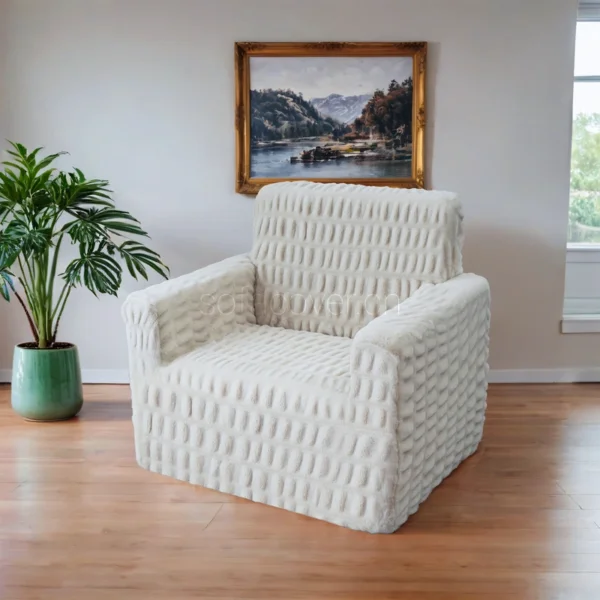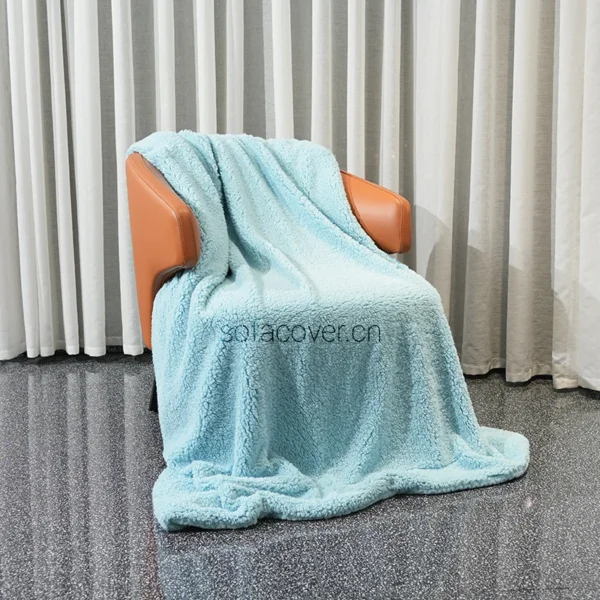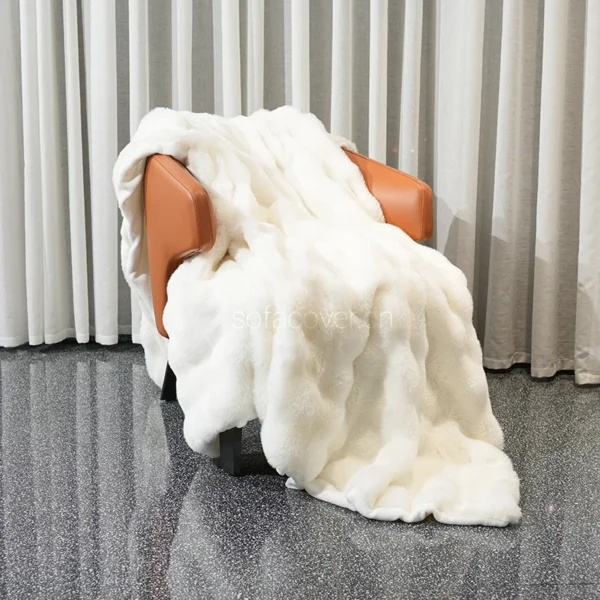Do you know the difference between fabric and textile? Most people don’t. In fact, the two terms are often used interchangeably. But there is a big difference between the two! In this blog post, we will discuss what each term means and how they are different. We will also talk about some of the most common fabrics and textiles used in clothing and other applications.
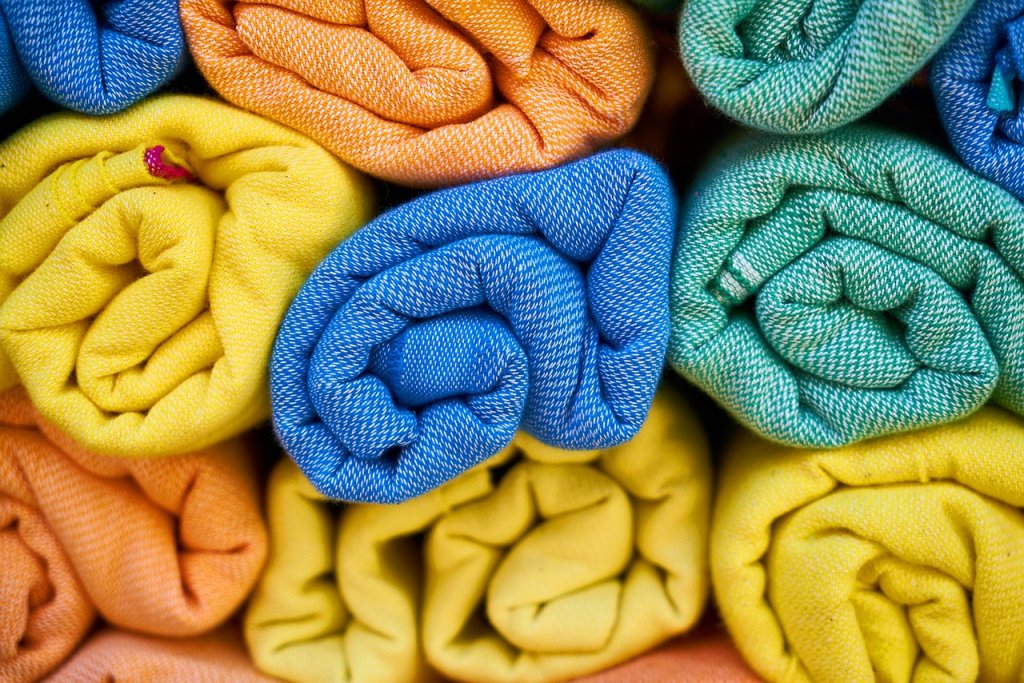
The distinction between fabric and textile lies in their definitions and applications within the material industry. Here’s a detailed breakdown of the differences based on the search results provided:
Definition:
Textile:
- A textile is a broader term that refers to any material made from textile fibers.
- These fibers can be interlaced by knitting, weaving, or other methods to produce various types of textiles.
- Textiles can be made from a variety of fibers, both natural (like cotton, silk, wool) and man-made (like polyester, nylon).
Fabric:
- Fabric is a term used to describe finished material products that are typically in the form of a film-like, flat mass.
- Fabrics are created through specific techniques such as weaving, knitting, crocheting, sewing, or stitching.
- The term fabric is often used when referring to materials that have undergone additional processing steps and are ready for specific uses.
Composition and Manufacturing:
Textile:
- Textiles can be categorized based on their composition (natural vs. synthetic), application (industrial, ornamental, clothing), and manufacturing process (woven, knitted, nonwoven, etc.).
Fabric:
- Fabrics are typically made from woven or nonwoven materials and are used in the fashion industry for clothing manufacturing.
- Fabrics can be further classified based on their weave, texture, and the materials used (e.g., cotton, silk, synthetic blends).

Usage and Applications:
Textile:
- Textiles have a wide range of applications beyond clothing. They are used in industries such as healthcare (medical textiles), agriculture (geotextiles), and automotive (automotive textiles).
- Textiles can be used to make products like bandages, geotextiles for construction, and various other non-clothing items.
Fabric:
- Fabrics are specifically used for clothing manufacturing in the fashion industry.
- Examples of fabrics include lace, canvas, jersey, muslin, and chiffon, each with specific characteristics suitable for different clothing items.
Key Takeaways:
- All fabrics are textiles, but not all textiles are fabrics. Fabrics are the end products made from textile fibers, while textiles encompass a wider range of materials and potential uses.
- The term “textile” can refer to both the raw materials (fibers) and the processes used to create them, whereas “fabric” typically refers to the finished product intended for a specific use, especially in clothing.
Understanding these differences is crucial for professionals in the fashion and textile industry, as it ensures precise material selection and efficient manufacturing processes.


